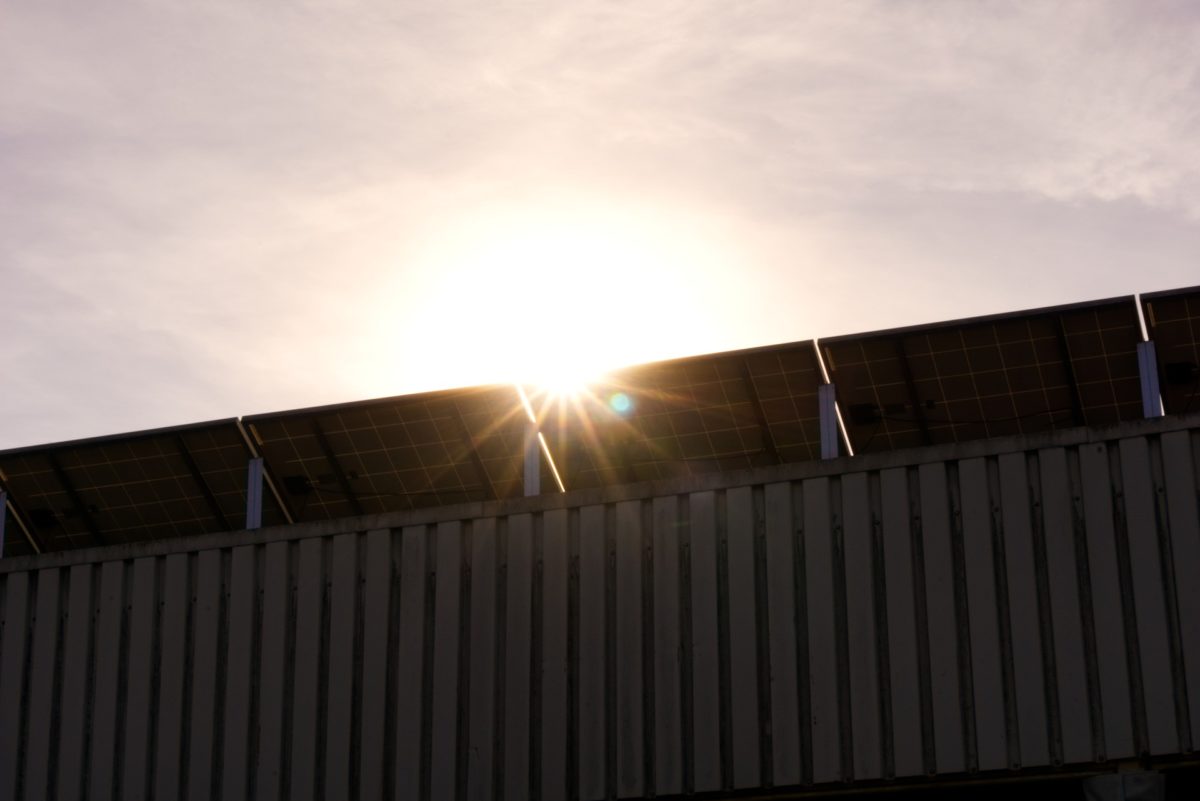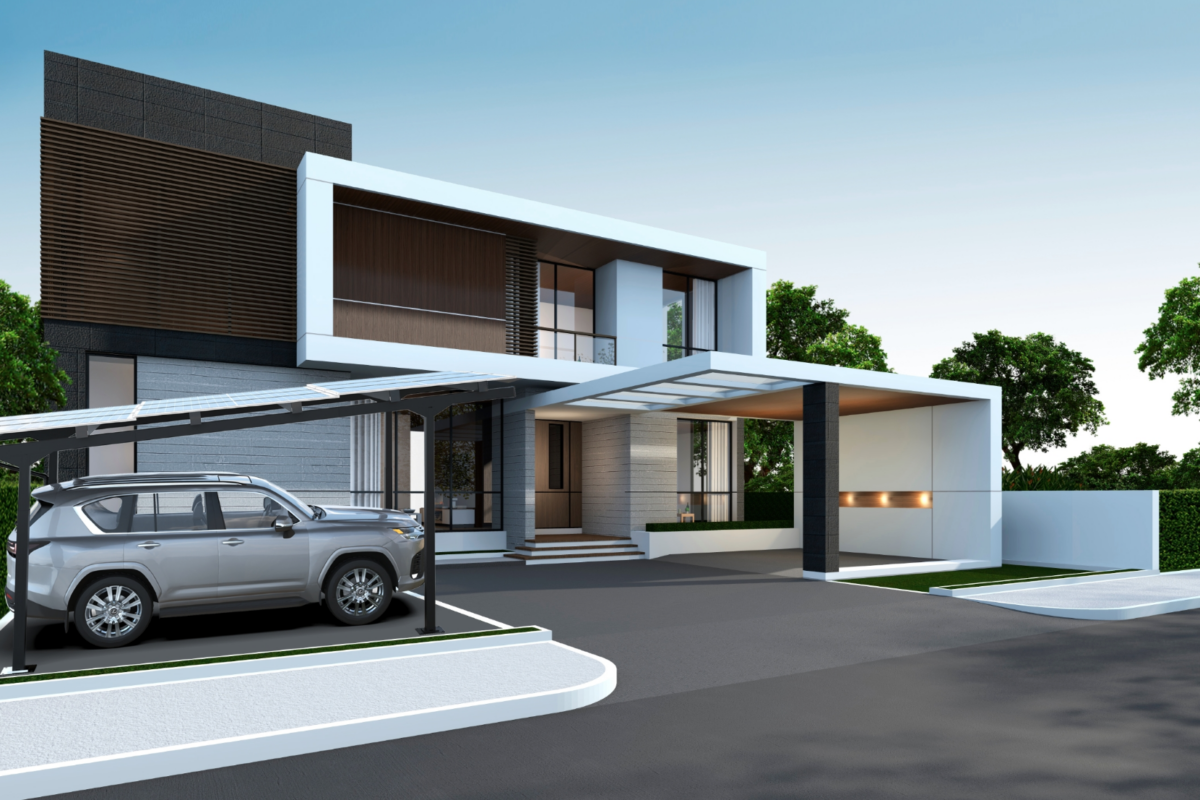The Nextbase project backed by the European Commission with €3.8 million, unites European companies and research institutes aiming to manufacture solar panels with heterojunction (HTJ) and interdigitated back-contact (IBC) technology.
A statement issued by the commission said production equipment supplied by Swiss HJT company Meyer Burger would be used to produce 25.4%-efficient HTJ-IBC solar cells on a commercial scale.
That efficiency figure would constitute “a European record for an industrially-feasible version of IBC-SHJ [silicon heterojunction] technology,” said project coordinator Kaining Ding, of German research center Forschungszentrum Jülich GmbH, which is a partner in the initiative. Ding added: “The current laboratory world record for a silicon solar cell is 26.7%, which was also based on the IBC-SHJ concept but was very expensive to make. Our approach is close to the optimum level.”
Prototype
Nextbase consortium researchers have developed a prototype four-cell by four-cell solar module they say demonstrated efficiency of 23.2%. The research team said it has also developed a manufacturing process to enable the production of its PV panels for less than €0.275/W, a figure they say is close to that of standard Asian-made PV technologies.
The research project, which has a total budget of €4.4 million, will now attempt to apply the cell technology on large-area modules and industrialize production.
The other project partners are Italian utility Enel, which makes bifacial HJT panels in Catania; the Netherlands-based Delft University of Technology, material sciences company DSM and grant consultancy Uniresearch; German research institutes the Helmholtz-Zentrum Berlin and Fraunhofer Institute for Solar Energy Systems; French and Belgian peers the National Solar Energy Institute and Imec, respectively; Switzerland’s École Polytechnique Fédérale de Lausanne and the Swiss Center for Electronics and Microtechnology; Norwegian monocrystalline silicon crystal provider Norwegian Crystals; and the Institute of Physics of the Czech Academy of Sciences.
This content is protected by copyright and may not be reused. If you want to cooperate with us and would like to reuse some of our content, please contact: editors@pv-magazine.com.




Sorry, 27,5 Cent/Wp is far away from latest market prices for high efficiency standard modules – such projects must be based on a realistic market survey.
See: http://pvinsights.com/index.php
Any restart of a EU mass production (which we really should realise) must be based on realistic market assumptions.
Otherwise all investments will face bankruptcy …
Thanks for info! There are places with high enough electricity cost, limited spaces and weight requirements.
0,275 €/ Wp is really good price for high efficiency PV modules , especially if their target is higher efficiency (23 to 25,4% ) than Mono. Modules prices now are lower because of Covid-19 crisis , but the prices will rise in the next months; i didn’t see better average modules prices at this high efficiency module’s class.
Since the PvInsghts page is regularly updated, you need to give the prices quoted on a given date. Today (26 June 2020) they give the average price of a generic “Mono High Eff / PERC Module” as US 17.8 cents per watt. These are presumably about 20% efficient. The prices given are wholesale, f.o.b. Asian ports, and before tax and shipping. Today’s price no doubt includes some COVID effect, but it fell to 20 cents in February.
EU should step up funding and use cash prize awArds to incent private business as well. By the time this is commercially available, the Chinese will have been selling even less expensive panels with close to the same efficiency.
These panels will be a little dearer per nominal watt than Asian panels even taking into account freight costs, however especially if bifacial, their higher efficiency, and probable better temperature curve will make up the difference through BOS savings – especially where space is limited.
It’s not about market surveys or price/W… China is not benevolent… The short sighted comments here are why companies are dying on the vine…Demand better quality, encourage government incentives, but get your countries product to market…China’s bid for world domination is on full display here and all you can see is a failed effort due in part by China pressure…Sad.
Protection of market is not the solution, efficiencies in production and soft services is. Unfortunately, most countries in Europe have not stepped up to the mark. We can also see this from the vehicle manufacturing sector – new comers like Tesla have literally shown the established manufacturers how to…
Yes I think so too by the time they get into production prices will be lower and I know from interaction on projects that if you go above 10,000,000 investments the prices go around 200$/KW from big Chinese suppliers, that’s why everyone buys from them, say an large contractor in Iberia can do a 20,000,000 project with Chinese panels at 200$/KW or Meyer Burger at 275$/KW you can see the huge difference in profit the contractor will make from such a project. They should focus on the real durable, low price Germanium – Silicon panel, where they produce where the solar power price is low price like in Iberia, since the main flexible costs of production are power for melting sand and automation.